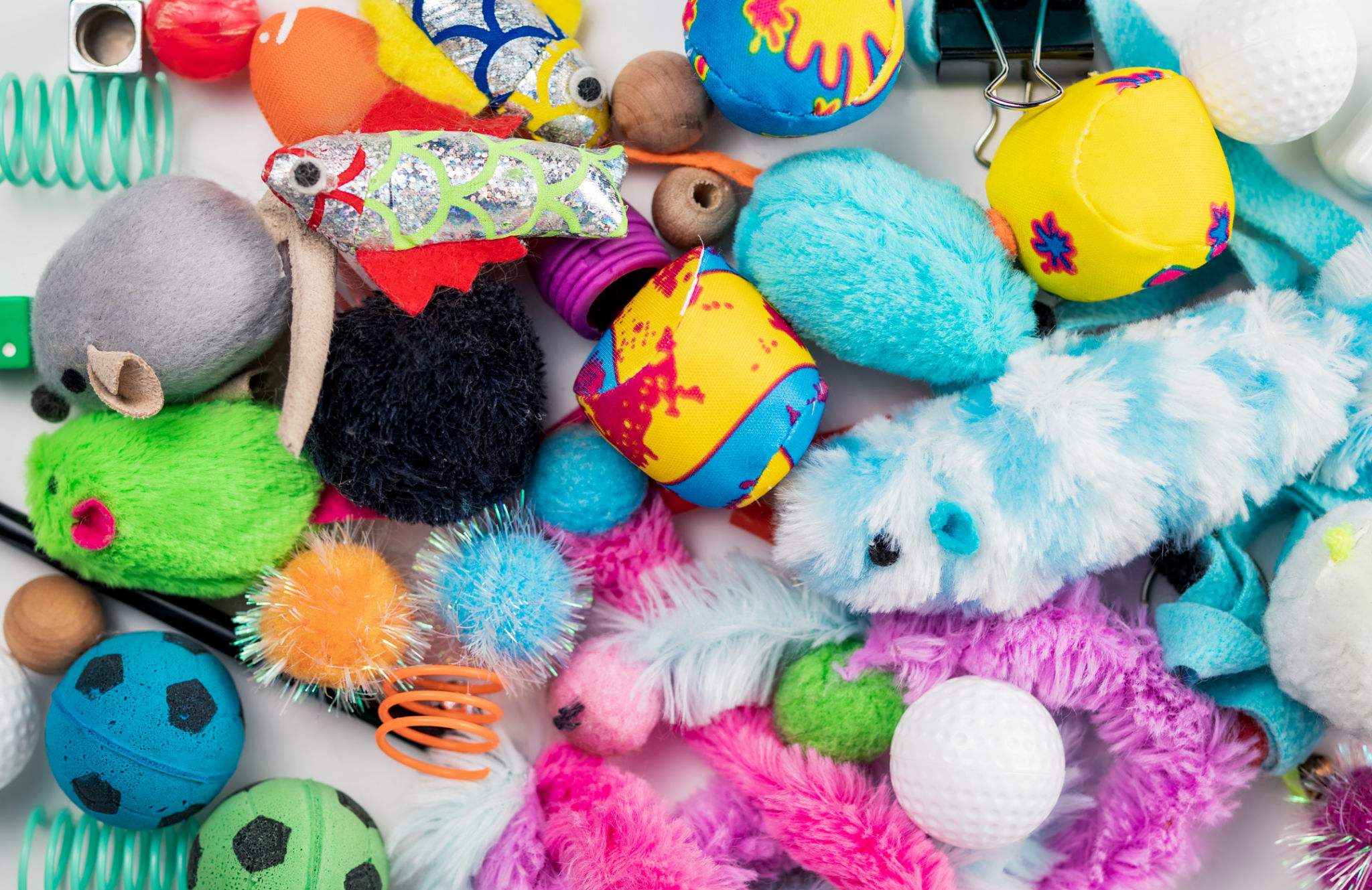Myth-Busting: Do Pets Really Get Lonely When Left Alone?
Understanding Pet Loneliness
As pet owners, we often worry about our furry friends' well-being when we leave them alone at home. A common concern is whether pets experience loneliness in our absence. While it's natural to be concerned, it's important to delve into what actually constitutes loneliness for animals.
Animals, like humans, have different social needs depending on their species, breed, and individual personality. Some pets may thrive in solitude, while others might require more interaction to feel content. Understanding these needs can help us provide a more fulfilling environment for our pets.

Dogs: Social Creatures at Heart
Dogs are inherently social animals with a pack mentality. They are naturally inclined to seek companionship, whether from humans or other dogs. Leaving a dog alone for extended periods can lead to feelings of isolation and boredom, which might manifest in destructive behavior or excessive barking.
To alleviate loneliness, consider the following strategies:
- Hire a dog walker or pet sitter for midday visits.
- Provide interactive toys to keep them mentally stimulated.
- Consider adopting another pet for companionship.

Cats: Independent Yet Relational
Cats are known for their independent nature, but this doesn't mean they don't enjoy companionship. While they might not require constant attention like dogs, they can still experience loneliness, especially if they're accustomed to human interaction throughout the day.
Signs of loneliness in cats can include excessive vocalization, changes in grooming habits, or a lack of interest in play. To ensure your feline friend doesn't feel neglected, try the following:
- Set up a window perch for bird watching.
- Use puzzle feeders to make mealtime stimulating.
- Schedule regular play sessions to bond and engage them.

Small Animals and Birds: Social Needs Vary
Small animals like rabbits, guinea pigs, and birds also have varied social needs. Rabbits and guinea pigs are social by nature and often do best with companions of their own species. Birds, depending on the species, can form strong bonds with their human caretakers or other birds.
It's crucial to understand the specific needs of your pet's species. Providing toys and social interaction tailored to their preferences can help mitigate feelings of loneliness.
The Role of Routine and Environment
Creating a consistent routine can significantly impact your pet's sense of security when left alone. Regular feeding times, scheduled play sessions, and a comfortable environment can help your pet feel more at ease during your absence.
Additionally, environmental enrichment is key. For example, rotating toys and introducing new challenges can keep pets engaged and mentally stimulated.

Technology and Loneliness
In today's digital age, technology offers various solutions to help pets feel less lonely. Pet cameras allow owners to interact with their pets remotely, providing comfort through voice and visual interaction. Some devices even dispense treats or feature interactive games controlled via smartphone apps.
These technologies can serve as supplemental tools to reduce loneliness but should not replace physical interaction and companionship altogether.
Conclusion: Balancing Independence and Companionship
While pets may exhibit signs of loneliness when left alone, understanding their unique social needs can help mitigate these feelings. By providing a balanced mix of independence and companionship, along with mental stimulation and routine, pet owners can ensure their furry friends remain happy and healthy in their absence.
Ultimately, every pet is different, and by paying attention to our pets' behavior and adjusting our strategies accordingly, we can better support their emotional well-being.
